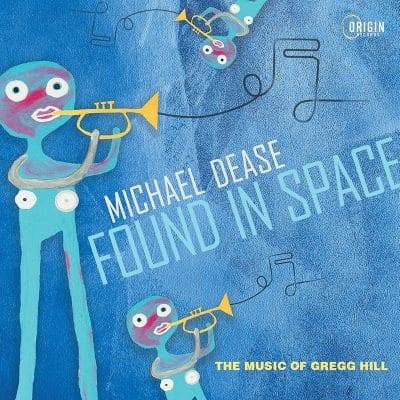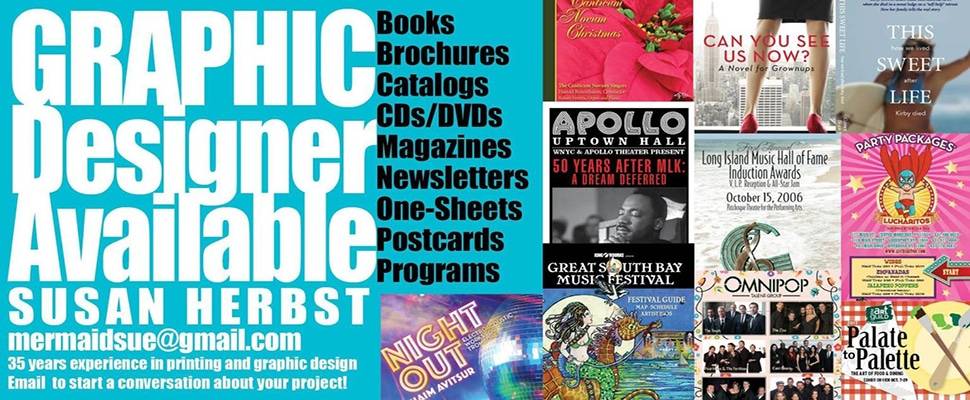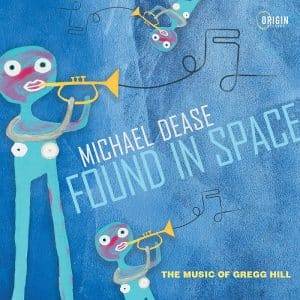Michael Dease Found in Space – The Music of Gregg Hill
 Michael Dease
Michael Dease
Found in Space – The Music of Gregg Hill
Origin
Around Michigan State University’s Jazz Studies Department, composer and East Lansing, MI resident Gregg Hill has taken on the kind of esteemed status one would associate with Charles Mingus or Duke Ellington. Found in Space – The Music of Gregg Hill by trombonist/baritone saxophonist Michael Dease represents the fifth album of Hill’s music with a sixth from Dease coming in the future. Most of those recordings, all from MSU faculty members – bassist Rodney Whitaker, two from guitarist Randy Napoleon, and Dease’s own The Other Shoe, have been covered on these pages. This effort’s title alone suggests some zaniness and comparisons to the unpredictability of Mingus are in order. Yet the reference point most often quoted is Frank Zappa’s Wazoo, a posthumous live recording with a 20 piece ensemble from 1972. Like that work, this huge swath stretches from twentieth century classical to big band to rock to avant-garde. It’s filled with contrapuntal passages and Hill purposely leaves room for plenty of improvised solos. Dease says, “There’s a lot of beautiful deception in the way his melodies change direction and flow into unusual chord choices.”
Dease, who plays broth trombone and the bari sax, assembled eleven musicians for this project. Only clarinetist Virginia MacDonald returns from The Other Shoe with Sharel Cassity (flute, alto sax), Rudesh Mahanthappa (alto sax), and Jason Hainsworth (tenor sax) joining her on woodwinds. Longtime collaborator, trumpeter Matt White, and trombonist Nanami Haruta join Dease on brass while the rhythm section boasts the renowned pianist Bill Cunliffe along with drummer Colleen Clark and bassist Katie Thiroux. Dease’s wife, Gwendolyn Dease, plays percussion and marimba. Dease, White, Cunliffe, and Hainsworth all contribute arrangements. Dease and Hill co-produced.
Opener “The Last Pop Tune” is arranged by White with stellar pianism from Cunliffe and time signatures that shift from five to six to five and then three in the ensemble sections. Yet, the soloists each perform in conventional 4/4 with flutist Cassity and White on muted trumpet delivering colorful, expressive turns. Yes, you may detect Cassity quoting the theme from MIssion Impossible at the end of her solo, just one example of the zany amidst the sci-fi ensemble strains. Cunliffe arranged the title track on which he plays Rhodes. It too is rife with contrapuntal sequences and at times seems like a modern-day Mingus piece with its underlying bluesy riffs. Dease breaks out on baritone sax, with White and Mahanthappa making declarative statements before Cunliffe goes for a minimalist take with Dease accenting on the tag.
“One for Rodney” is rather obviously named for acclaimed bassist and Hill champion Rodney Whitaker. The tune is arranged by non-band member Joseph Herbst, with its mashup of Monk’s “Green Chimneys” and that Mission Impossible theme appearing again, before bassist Thiroux plucks fiercely in her solo. The two altos trade lines in a vociferous exchange, Dease gets in his baritone licks, and toward the end Clark gives the kit a lusty workout. In a tune that features the rarity of two trombonists soloing, Dease takes the lead, followed by Japanese-born, MSU student Haruta in “The Stray Moonduck,” also arranged by White. Cassity’s flute solo that completes the piece, perfectly reflects the lonely imagery of the solitary duck.
Bassist Thiroux takes the spotlight again along with Cunliffe on Rhodes in “The Puppet Thief,” which as it evolves, evokes Stan Kenton-like big band charts. Cassity again shines, soaring above the bassist’s sturdy walking bass lines, followed by an aggressive Hainsworth set against the soundtrack-like mix of brass and woodwinds. Hainsworth’s lone arrangement is the NOLA styled “Rue De Royal” where Dease steps out on bari, sparring with White, followed by Mahanthappa’s highly lyrical flight.
Herbst’s second arrangement is “Chillin’ with Wess,” named for alto saxophonist Wess “Warmdaddy” Anderson, who established himself first as a valued sideman for Wynton Marsalis and continues to have a strong career as a leader. As the title suggests, this a more textured, relaxed piece than some of the others, imbued by brief, enthusiastic trading between Hainsworth and Haruta before MacDonald again soars gorgeously. Underpinning the music is Gwendolyn’s marimba, evoking Zappa’s touch from the aforementioned album in our opening.
“Anthem,” arranged by Dease, is darker and mysterious, buoyed by his baritone sax solo. (As you likely know 2023’s Swing Low was the first time he documented the instrument on record but he already sounds like a veteran). Cassity on flute and Mahanthappa swap spiraling lines before the rhythm section provides a rather dirge-like backdrop over which Dease seemingly explores every possible fingering on his horn. “Nostalgia,” written and arranged by Dease, begins with an ostinato figure from the rhythm section and a distinctive but brief marimba turn from Gwendolyn before settling into a percussion Brazilian vibe, that keeps shifting in tempo and timbre as Cassity, Haruta, Cunliffe and Thiroux mix in their expressive statements.
In a turn of symmetry the project closes with another White arrangement on “A Wrinkle in Time,” emblematic of the blending of classical and avante-garde and making way for 16-bar fiery statements from each member of the ensemble, playing ‘out.’ Dease returns to trombone for a blistering two-minute long excursion mid piece. It’s perhaps the best example of Zappa meets Mingus of the bunch; absolutely dynamic and riveting, just a few of the adjectives that can be applied to this wondrous work. Once again, Hill’s compositions offer a most adventurous listen.
– Jim Hynes
BUY NOW
Buy Us a Cup of Coffee!
Join the movement in supporting Making a Scene, the premier independent resource for both emerging musicians and the dedicated fans who champion them.
We showcase this vibrant community that celebrates the raw talent and creative spirit driving the music industry forward. From insightful articles and in-depth interviews to exclusive content and insider tips, Making a Scene empowers artists to thrive and fans to discover their next favorite sound.
Together, let’s amplify the voices of independent musicians and forge unforgettable connections through the power of music
Make a one-time donation
Make a monthly donation
Make a yearly donation
Buy us a cup of Coffee!
Or enter a custom amount
Your contribution is appreciated.
Your contribution is appreciated.
Your contribution is appreciated.
DonateDonate monthlyDonate yearlyYou can donate directly through Paypal!
Subscribe to Our Newsletter
Discover more from Making A Scene!
Subscribe to get the latest posts sent to your email.















































